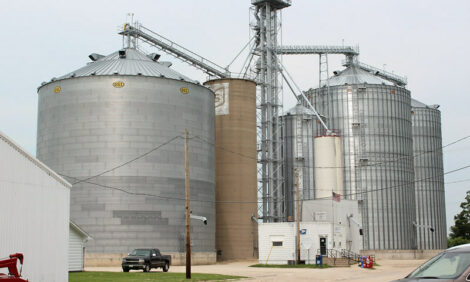



Analyst Explains Why US Sow Herd Expansion Delayed
US - Mike Brumm offers his perspective on the latest USDA pig report for the Minnesota Pork Board.By now you’ve most likely read several commentaries on the accuracy of the USDA 'Hogs and Pigs' report released last Friday afternoon. As most have suggested, while USDA numbers showed an impact of the Porcine Epidemic Diarrhoea virus (PEDv) on inventory numbers, did they capture all of the impact?
What is clear from the numbers is that expansion of the US herd has not occurred. While it is impossible from the inventory numbers to see future plans - other than as farrowing intentions - the author's industry contacts suggest limited increases in sow herd inventories this coming year.
In addition to the angst caused by PEDv, many producers are using this year's profits to improve their balance sheets after several years of very tough economic conditions.
Another reason for delay is the long lead-time involved in increasing the breeding herd. With a 100-sow herd, adding 10 sows was a 10 per cent increase in inventory and something that could often be done with no change in facilities. Today, the most common increases in breeding herd inventories require multiples of 2,500 to 5,500 females. In addition to the financial planning involved, this growth also involves zoning hearings for the new site, sourcing of a significant pool of new gilts, identification of a new labour pool, maybe establishment of a relation with a new feed mill if the unit is to be located in an isolated area at some distance from the current production facilities, etc.
A decision to expand made today will not result in pigs on the ground for almost two years. At the same time, a decision to expand now locks a production system into a flow of pigs that they will be producing even during possible lengthy periods of minimal if any profits. Once you start-up a 2,500- to 5,500-sow unit, it is not simple to stop the flow of pigs in tight economic times due to the many commitments associated with the facility and the lengthy time lines associated with the genetics, labor pool, etc.
The pork industry is benefiting from the smallest beef cow inventory in many years, along with high prices because of the PEDv-induced shortfall of pigs. If rains result in favourable grass conditions in much of cow country, it is logical to expect the start of a build-up in cow numbers. If cow numbers increase this year due to heifer retention, two years from now, we can expect to start seeing an up-tick in beef supplies. This matches with when pigs from a sow herd expansion will begin to really flow into the market.
The possibility of both red meat sources increasing consumer supplies at the same time is also causing some to pause as they ponder the possibilities of expansion.








